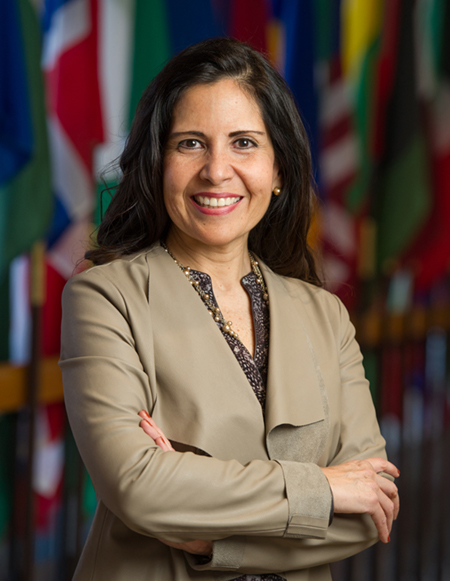Stay in touch with the latest news.
![SIUE’s Jon Klingensmith, PhD, assistant professor in the School of Engineering’s Department of Electrical and Computer Engineering.]()
In support of his focus on the non-invasive assessment and possible detection of underlying coronary artery disease, the National Institutes of Health (NIH) is accelerating the research program of Southern Illinois University Edwardsville’s Jon Klingensmith, PhD, with a $433,376 award.
The NIH grant supports Klingensmith’s latest research project, “Model-based assessment of cardiac adipose tissue volume and distribution,” which aims to develop a system to make a comprehensive assessment of cardiac fat using only 2D ultrasound, an inexpensive and portable imaging modality.
“Heart disease remains the leading cause of death in the United States,” noted Klingensmith, an assistant professor in the School of Engineering’s Department of Electrical and Computer Engineering (ECE), and head of ECE’s Biomedical Imaging Research Lab.
“Broadly, my research goals are to develop imaging-related technologies and algorithms to aid in the assessment of heart disease,” he explained. “More specifically, this project focuses on using 3D image analysis and deep learning to quantify the layer of cardiac fat around the heart with cardiac magnetic resonance imaging (MRI) and ultrasound. This layer of fat influences the development of coronary artery disease. Our long-term goal is to use non-invasive imaging to predict and characterize any underlying coronary artery disease based on imaging and measuring the cardiac fat.”
According to Klingensmith, a previous grant from the American Heart Association (AHA) allowed for the purchase of a specially-outfitted ultrasound system to conduct preliminary studies on whether spectral analysis of the raw ultrasound signals could differentiate cardiac fat from muscle.
“This NIH grant facilitates expanding on this idea of fusing the 2D ultrasound with 3D cardiac MRI,” Klingensmith explained. “It allows use of the 3D MRI to help train machine-learning algorithms to recognize cardiac fat using only the ultrasound, and make a 3D assessment of the cardiac fat using only a few 2D ultrasound images.”
SIUE’s Maria Fernandez del Valle, PhD, assistant professor in the School of Education, Health and Human Behavior’s Department of Applied Health, is lending her expertise in obesity, exercise and cardiac fat reduction to complement Klingensmith’s work in cardiac imaging and coronary plaque quantification.
“Our research areas are a perfect match,” said Fernandez del Valle, who also partnered with Klingensmith on the AHA funded initiative. “Our interdisciplinary collaboration has opened new opportunities of study at SIUE, including the use of cardiac MRI to quantify and map cardiac fat, development of ultrasound-based algorithms for identification of cardiac fat, and studies on the effects of high intensity exercise (aerobic versus strength exercise) in cardiac fat and visceral fat in women with obesity. These efforts would not be possible for either of us alone, and the interdisciplinary nature of our work allows us to pursue different ideas and funding that would not otherwise be possible.”
Klingensmith’s commitment as a teacher-scholar also opens mutually beneficial opportunities for SIUE undergraduate and graduate students. His work aligns with the NIH R15 program, which facilitates the training of new scientists to pursue careers in medical research. With this program, the research partners will be able to attract young, talented engineers involved in medical applications and problems as they move toward building their own careers.
A team of graduate students is supported by the NIH grant, including Michaela Kulasekara, Brad Bates and Colin Gibbons, all of whom are pursuing an advanced degree in electrical and computer engineering. In the Department of Applied Health, graduate student Alexa Agne is also a contributing member of the research team.
“I’ve always been interested in finding interdisciplinary applications of engineering, so I was thrilled to join Dr. Klingensmith’s research group as an undergraduate,” said Gibbons. “Working in the lab has been one of the most rewarding experiences of my academic career. The NIH grant has helped make it possible for me to continue this engaging and important research at the graduate level.”
“As a graduate assistant in the Biomedical Imaging Research Lab at SIUE, I am in a position that allows advancement of my skills as an engineer while also performing research and developing tools that can be used in the medical field to help others,” added Kulasekara.
“It’s hard to quantify the ability to pursue one’s dreams,” noted Bates. “Simply, I am thankful for such an amazing opportunity. This gifted research opportunity is met with gratitude.”
Klingensmith also mentors six undergraduate students involved in this work through the University’s Undergraduate Research and Creative Activities (URCA) program. His URCA assistants include Nick Roberts, Brianna Witherell, Vu Dinh, Chandler Scott, Jackie Corral and Ethan Boulanger.
Additional research partners include Abdul Moiz Hafiz, MD, with the SIU School of Medicine; John Gao, MD, PhD, of Memorial Medical Center in Springfield; and Pam Woodard, MD, with the Washington University School of Medicine.
Research reported in this publication was supported by the National Heart, Lung, And Blood Institute of the
National Institutes of Health under Award Number R15HL145576. The content is solely the responsibility of the authors and does not necessarily represent the official views of the National Institutes of Health.
Photo: SIUE’s Jon Klingensmith, PhD, assistant professor in the School of Engineering’s Department of Electrical and Computer Engineering.
![]()
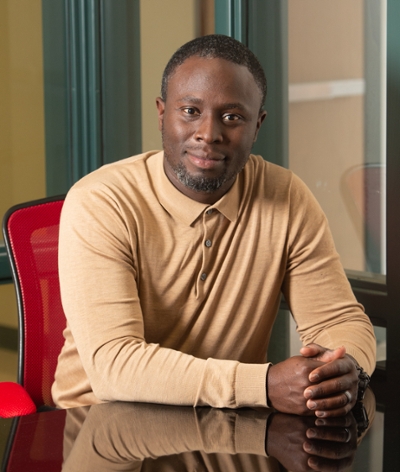 Getting needed after-school academic instruction and help for high school students during the COVID-19 pandemic has been challenging, but Southern Illinois University Edwardsville East St. Louis Center’s Upward Bound (UB) EC/BEM program has approached the task with a multi-faceted approach.
Getting needed after-school academic instruction and help for high school students during the COVID-19 pandemic has been challenging, but Southern Illinois University Edwardsville East St. Louis Center’s Upward Bound (UB) EC/BEM program has approached the task with a multi-faceted approach.  Southern Illinois University Edwardsville has selected Mesha Garner, MA, as director of student financial aid through a national search chaired by Kevin Wathen, SIUE director of military and veteran services. Garner assumes her duties on campus Thursday, Oct. 1.
Southern Illinois University Edwardsville has selected Mesha Garner, MA, as director of student financial aid through a national search chaired by Kevin Wathen, SIUE director of military and veteran services. Garner assumes her duties on campus Thursday, Oct. 1. Amid the public and economic health crisis of COVID-19 and harsh realities of racial inequities occurring across the nation, Southern Illinois University Edwardsville continues to work toward and promote change that unites people and underscores human value, according to Venessa A. Brown, PhD, associate chancellor and chief diversity officer.
Amid the public and economic health crisis of COVID-19 and harsh realities of racial inequities occurring across the nation, Southern Illinois University Edwardsville continues to work toward and promote change that unites people and underscores human value, according to Venessa A. Brown, PhD, associate chancellor and chief diversity officer. 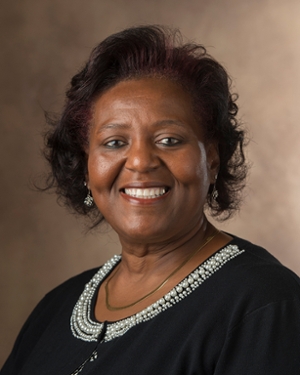 The conference goals are:
The conference goals are: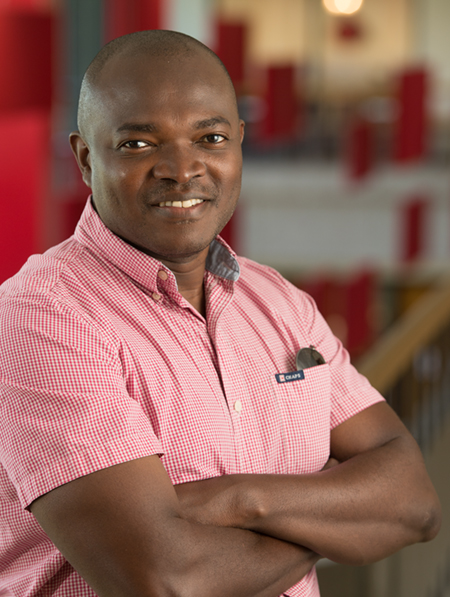 Southern Illinois University Edwardsville together with SIU Carbondale will host the 20th Annual Global Fusion Conference Friday-Sunday Oct. 9-11 in what will be the event’s first-ever virtual gathering.
Southern Illinois University Edwardsville together with SIU Carbondale will host the 20th Annual Global Fusion Conference Friday-Sunday Oct. 9-11 in what will be the event’s first-ever virtual gathering.
 Proposals, objectives and tenets about dismantling institutionalized racism and minimizing, if not eliminating, personal negative and harmful racial constructs and practices have been reinvigorated at Southern Illinois University Edwardsville.
Proposals, objectives and tenets about dismantling institutionalized racism and minimizing, if not eliminating, personal negative and harmful racial constructs and practices have been reinvigorated at Southern Illinois University Edwardsville. 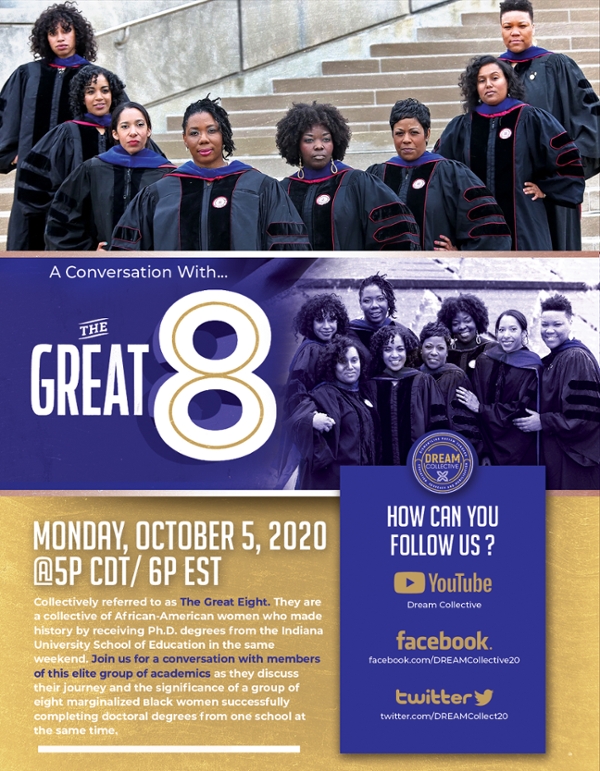 It’s a select group of women eductors who achieved a terminal degree – all from the same university and at the same time. “The Great Eight” will be featured during the next webinar hosted by The DREAM (Dismantling Racism through Education, Advocacy and Mobilization) Collective at Southern Illinois University Edwardsville.
It’s a select group of women eductors who achieved a terminal degree – all from the same university and at the same time. “The Great Eight” will be featured during the next webinar hosted by The DREAM (Dismantling Racism through Education, Advocacy and Mobilization) Collective at Southern Illinois University Edwardsville. 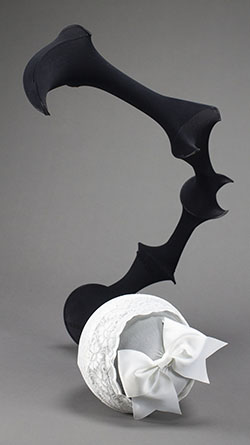
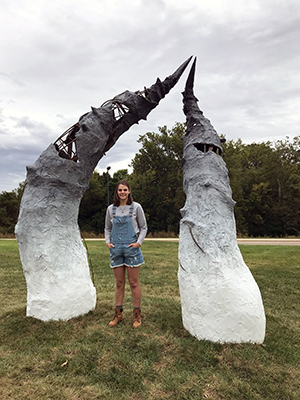 “I applied to the ISC with my best work,” Ruppert added. “The International Sculpture Center is the most prestigious sculpture organization, so I never expected anything to come from it. But that’s what you do when you're an artist; you apply for everything, even though you expect a rejection email, and sometimes ... you get surprised.”
“I applied to the ISC with my best work,” Ruppert added. “The International Sculpture Center is the most prestigious sculpture organization, so I never expected anything to come from it. But that’s what you do when you're an artist; you apply for everything, even though you expect a rejection email, and sometimes ... you get surprised.”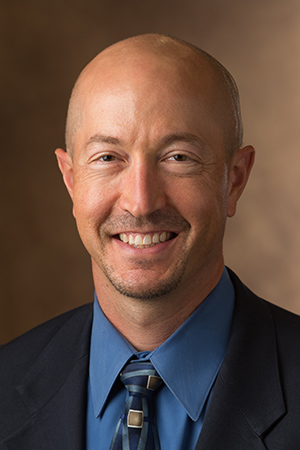
 The American Society of Heating, Refrigerating and Air-Conditioning Engineers (ASHRAE) St. Louis Chapter awarded 7 of its 11 scholarships to Southern Illinois University Edwardsville Mechanical Engineering students at its annual awards ceremony. The scholarship assistance totaled $12,500.
The American Society of Heating, Refrigerating and Air-Conditioning Engineers (ASHRAE) St. Louis Chapter awarded 7 of its 11 scholarships to Southern Illinois University Edwardsville Mechanical Engineering students at its annual awards ceremony. The scholarship assistance totaled $12,500. Southern Illinois University Edwardsville’s Dawn Huckelberry, senior academic advisor in the Office of Academic Advising, has been elected to serve as vice president/president-elect of the Illinois Academic Advising Association (
Southern Illinois University Edwardsville’s Dawn Huckelberry, senior academic advisor in the Office of Academic Advising, has been elected to serve as vice president/president-elect of the Illinois Academic Advising Association (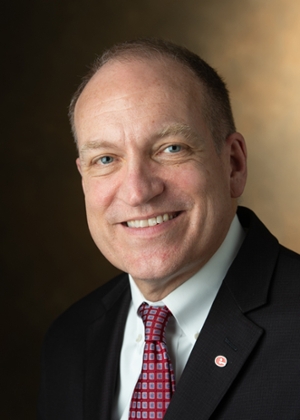 Congressional members, Southern Illinois University Edwardsville leaders, and representatives from Madison and St. Clair County workforce development departments joined state and local officials to announce a $1.47 million state grant on Tuesday at the Biotechnology Laboratory Incubator on the SIUE campus.
Congressional members, Southern Illinois University Edwardsville leaders, and representatives from Madison and St. Clair County workforce development departments joined state and local officials to announce a $1.47 million state grant on Tuesday at the Biotechnology Laboratory Incubator on the SIUE campus. The Southern Illinois University Edwardsville School of Nursing (SON) saw record enrollment for the second consecutive year in fall 2020 with a 5% increase (1,877 students) from fall 2019. With the new Health Sciences Complex on the horizon for the SIUE campus, the foundation is in place for continued growth.
The Southern Illinois University Edwardsville School of Nursing (SON) saw record enrollment for the second consecutive year in fall 2020 with a 5% increase (1,877 students) from fall 2019. With the new Health Sciences Complex on the horizon for the SIUE campus, the foundation is in place for continued growth.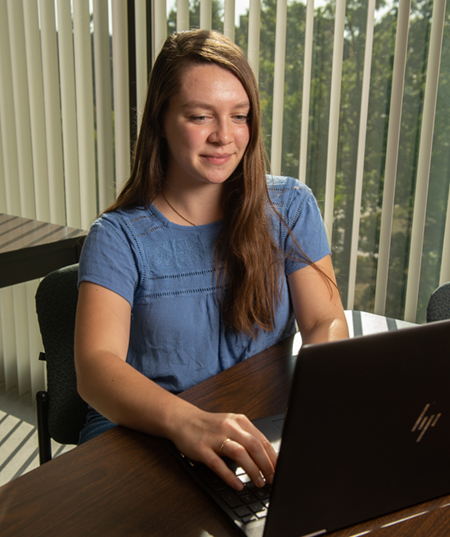
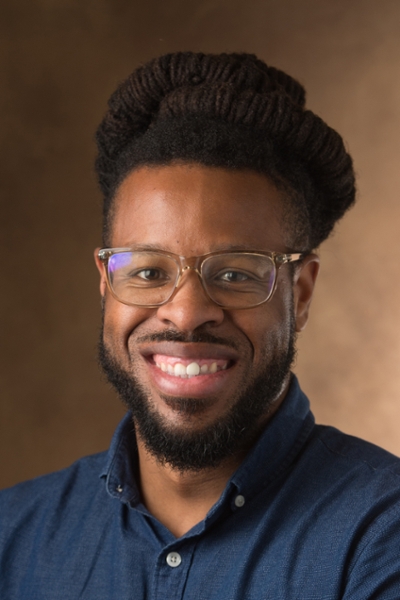 The views of religion, spirituality and interfaith should be explored, broadened and updated, according to a new book edited by Southern Illinois University Edwardsville’s J.T. Snipes, PhD, assistant professor in the School of Education, Health and Human Behavior’s (SEHHB) Department of Educational Leadership.
The views of religion, spirituality and interfaith should be explored, broadened and updated, according to a new book edited by Southern Illinois University Edwardsville’s J.T. Snipes, PhD, assistant professor in the School of Education, Health and Human Behavior’s (SEHHB) Department of Educational Leadership.  The DREAM (Dismantling Racism through Education, Advocacy and Mobilization) Collective at Southern Illinois University Edwardsville will air its next episode of the podcast, “Blacktivism in the Academy,” on Thursday, Oct. 8.
The DREAM (Dismantling Racism through Education, Advocacy and Mobilization) Collective at Southern Illinois University Edwardsville will air its next episode of the podcast, “Blacktivism in the Academy,” on Thursday, Oct. 8.  Southern Illinois University Edwardsville has been included in Washington Monthly’s
Southern Illinois University Edwardsville has been included in Washington Monthly’s  The Illinois Small Business Development Center (SBDC) for the Metro East at Southern Illinois University Edwardsville is collaborating with the Small Business Administration (SBA) Illinois District Office, and the Illinois Department of Commerce and Economic Development (DCEO) Office of Minority Economic Empowerment to present an online small business resource webinar at 11:30 a.m. on Tuesday, Oct. 20.
The Illinois Small Business Development Center (SBDC) for the Metro East at Southern Illinois University Edwardsville is collaborating with the Small Business Administration (SBA) Illinois District Office, and the Illinois Department of Commerce and Economic Development (DCEO) Office of Minority Economic Empowerment to present an online small business resource webinar at 11:30 a.m. on Tuesday, Oct. 20.